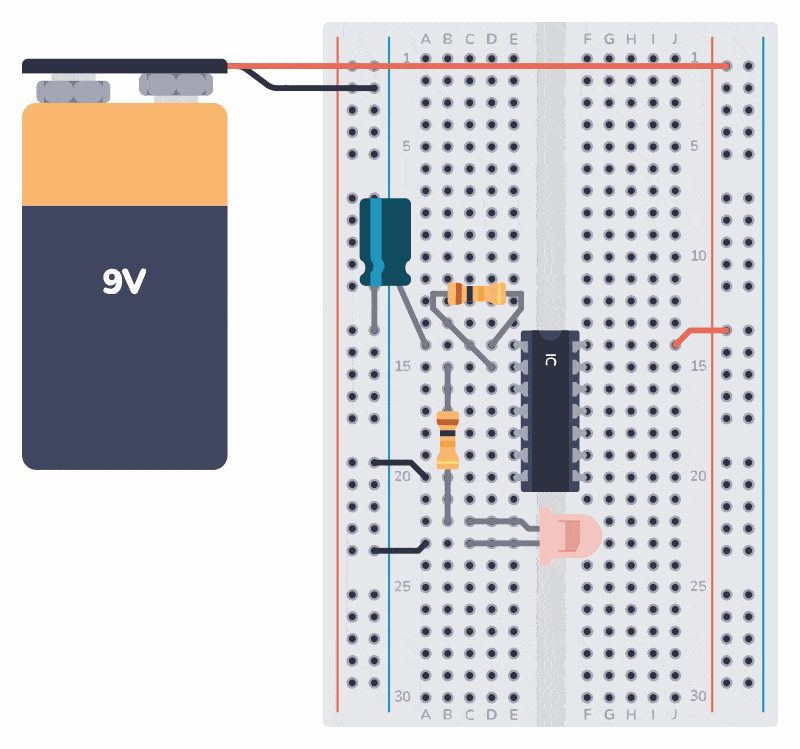I just published a new video where I answer the question:
“Does the resistor go before or after the LED?”
If you don’t want to watch the video, I’ve attached the script below so you can read it instead:
I just published a new video where I answer the question:
“Does the resistor go before or after the LED?”
If you don’t want to watch the video, I’ve attached the script below so you can read it instead:
In 2017, I started using KiCad as an alternative to Eagle.
For those unfamiliar with these programs: they are programs you use to design a printed circuit board (PCB).
And I decided to create a quickstart introduction to KiCad.
In this 5-minute video you’ll see how to design a simple circuit board from scratch:
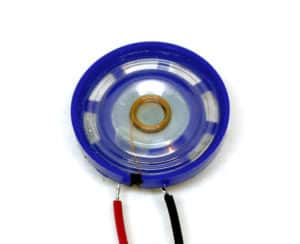
“The music that we are hearing is actually 8 seconds old”
That was my friend’s claim.
My friends and I were about 13 years old, and we heard loud music coming from a big event about 3 kilometers away.
“The speed of sound is 340 meters per second, and the event is 3 kilometers away. So that means what we are hearing now is actually what they played 8 seconds ago at the stadium” our friend told us.
I found it hard to accept because I didn’t know too much about sound and how it worked.
But our friend was really good at memorizing facts.
And he was right.
A common decision to make for hobbyists and inventors is Kicad vs Eagle.
Both of them are decent programs for designing your own Printed Circuit Boards (PCB).
And both are very popular.
But if you’re just starting out, which one should you choose?
After six months of testing, I am finally ready to give you the result.
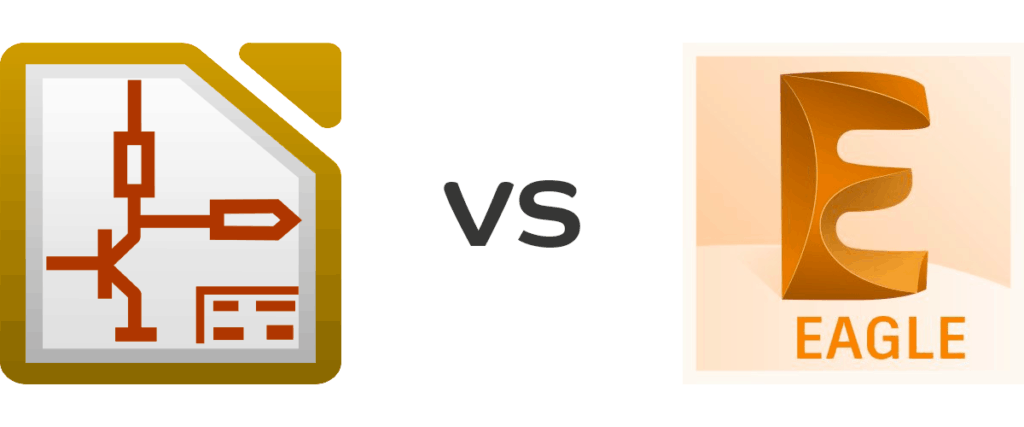
Imagine a circuit with two resistors in parallel.
If you’re not sure what that looks like, look at this image:
Let’s ignore the values above and instead say that R1 is 100 Ω and R2 is 100 000 Ω.
Can you quickly find the combined value of the two of them?
What if both of the values are 300 Ω?
You *could* use the formula for resistors in parallel and calculate it.
But there’s a quicker way.
 Texas Instruments sponsored me to do a challenge and write this post.
Texas Instruments sponsored me to do a challenge and write this post.
What would it be like to not have access to power plugs?
That’s what Texas Instruments challenged me to try.
They’ve built some really nice resources that you can use in your next power supply design, and now they want to spread the word: www.ti.com/power
In the challenge, I could not use any device that was plugged in for a whole day.
So, to prepare for the day, I charged up my two most important devices: My mobile phone and my laptop.
At 6.30 my alarm clock wakes me up. (It’s an app on my phone, so it’s allowed ;) )
I recently got a question about choosing a pull-up resistor value:
Hey!
In Monostable button triggered circuit, why did you connect 10 kΩ specifically? Does it contain any calculations?
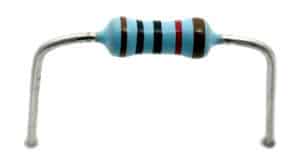
You can use resistors for many things. In the following 555 timer circuit that he was referring to, the resistor R2 is a pull-up resistor with a value of 10 kΩ:
 The following is from the book 5 elements of effective thinking by Burger and Starbird. A great book that shows you how to think better:
The following is from the book 5 elements of effective thinking by Burger and Starbird. A great book that shows you how to think better:
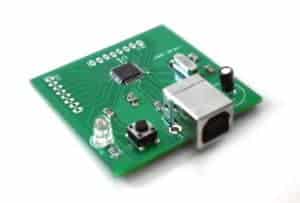
A while back I wrote a blog series for Atmel on how to build a microcontroller board.
I also created a version for my blog, and it became very popular.
The idea was to show what it takes to build a microcontroller board from scratch.
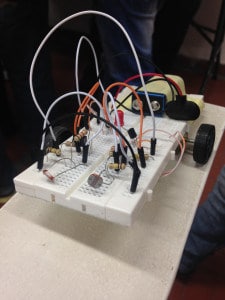 Do you have a non-profit project that you’d like to build? For example for a competition or a school project?
Do you have a non-profit project that you’d like to build? For example for a competition or a school project?
Now you can get free printed circuit boards for your project.
A printed circuit board, or a PCB, is a board specifically designed for your project. And it makes it much easier to create projects that need a lot of connections.
To make a PCB you first need to create the schematics for your circuit. Then draw the connections you need in a PCB design software such as Eagle, KiCAD or Fritzing.
This drawing is then sent to a PCB manufacturer that will produce the final board for you. Then all you have to do is to solder the parts onto your board.
Many people ask me how to get a job in electronics.
Here’s my advice:
If you want a job in electronics, show them that you love electronics.
I’ve previously gotten a job as a Python programming teacher without knowing Python. And I’m convinced it was because I showed them that I loved programming (which I do).
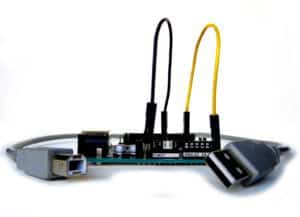 In the video below I will show you how to build an Arduino oscilloscope in 2 minutes using only 7 lines of code.
In the video below I will show you how to build an Arduino oscilloscope in 2 minutes using only 7 lines of code.
This is possible because of an update in the Arduino software.
New to Arduino? Check out What Is Arduino?
In the newest version of the Arduino software, there’s a tool that makes it super easy to build a simple oscilloscope!
It’s called Serial Plotter and it works like this:
It listens on a serial port, and it plots every number that it sees.
That means, to create an oscilloscope, all you need to do is to write code that prints out the voltage value from an analog input, and the arduino plotter will take care of the rest.
I only used 7 lines of code to make this work!
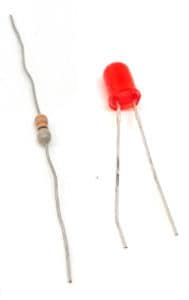
Kirchhoffs law of current and voltage are two laws that are really useful when you are working with circuits.
Knowing them will make it much easier to understand circuit diagrams, design electronics, repair electronics and everything in between.
Though they might sound complicated (*), they’re not.
After you’ve learned them, it’s not really something you use – it’s something you KNOW. And it makes looking at and understanding circuit diagrams much easier.
 A short circuit is a connection that was not meant to be there. For example, if you accidentally connect the plus to the minus of a battery, you have a short circuit between the plus and minus of the battery. Which is not good.
A short circuit is a connection that was not meant to be there. For example, if you accidentally connect the plus to the minus of a battery, you have a short circuit between the plus and minus of the battery. Which is not good.
You can use it as a verb as well:
“I accidentally shorted the battery and it exploded!”
(Yes, some batteries can really explode if you short-circuit them.)
This is a very important concept to understand because it’s used a lot in “electronics language”.
The blinking LED circuit is like the electronics version of the “Hello World”-program. It’s a simple electronic circuit that gives you a visual cue if it works. It was the first circuit I ever built, and it felt GREAT!
The goal is to make a Light Emitting Diode (LED) blink.
